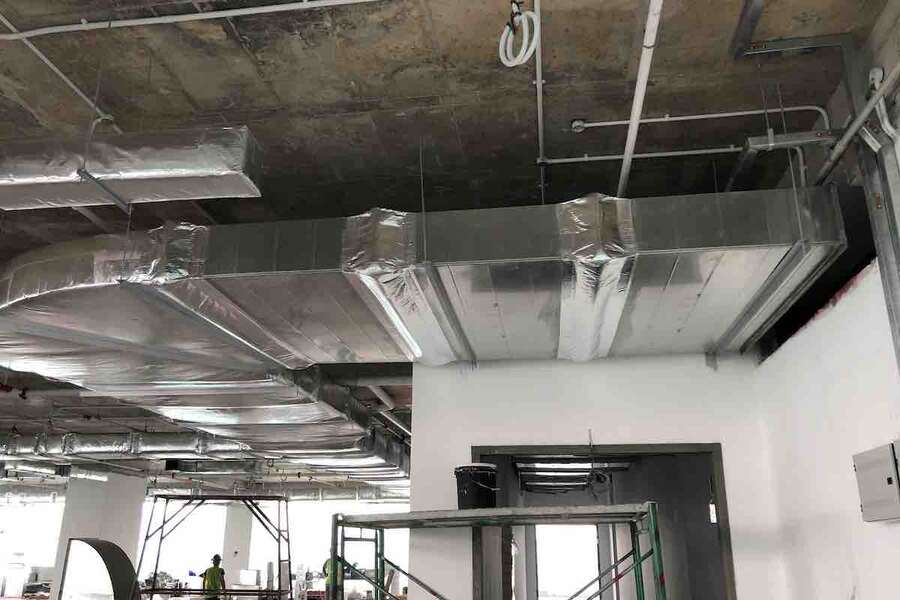Keeping your house warm can be a challenge, especially when there are hidden spots where heat escapes without you even realizing it. You may think that since you’ve used good insulation in the rest of your home that you have done all you can to retain the heat inside. However, those overlooked spots are making it so your house is not well-insulated.
When your home isn’t well-insulated, these leaks can make it much more expensive to heat your house. You can keep cranking the heat up, but it will continue to seep out. In this article, we will give you several tips to help seal your home completely for better heat retention.
1. Windows and doors
Windows and doors are often overlooked when it comes to keeping your house warm, but they can be major sources of heat loss. If they’re not well-insulated, cold air can sneak in and warm air can escape, making your heating system work harder and your bills go up.
You can make your windows and doors better at keeping heat in by adding weatherstripping, which is a kind of strip that covers up gaps. Caulking is another way to fill in cracks where the window or door meets the wall. For windows, you can buy a special kit that puts a clear plastic layer over the glass to trap heat.
It may make sense to buy new doors if the old ones are still leaking heat despite sealing them up. North Shore Commercial Door has options to help you switch to these better doors.
2. Ducts
Insulating the ducts in your house is really important, especially the ones that go through spaces without heating or cooling, like the attic or basement. These ducts can lose a lot of heat if they’re not insulated, making your heating and cooling system work harder than it needs to. This can lead to higher energy bills and a home that doesn’t stay as warm or cool as you want it to.
There are different materials you can use to insulate your ducts. Some common ones include fiberglass, foam board, and reflective insulation. Each type has its own way of being installed. You might wrap the insulation around the ducts, tape it in place, or spray foam insulation directly onto them.
3. The floor
Insulating your floors is a great way to keep your house warm and cut down on energy costs. When floors are not insulated, they can feel very cold to walk on, especially if they are above unheated spaces like garages or basements. Insulating your floors can keep the warmth in your home reducing the need to crank up the heat.
End Note
For floors above unheated garages or basements, it’s important to choose the right type of insulation. Fiberglass batts are a popular choice because they can be easily fitted between floor joists. Another option is rigid foam insulation, which is great for preventing heat loss.















